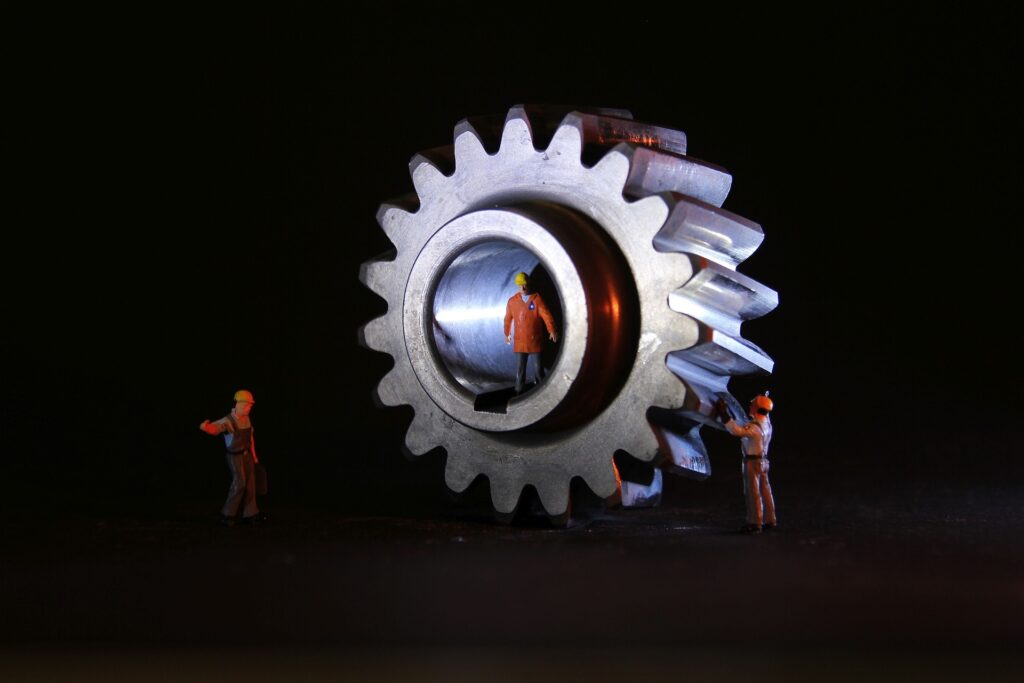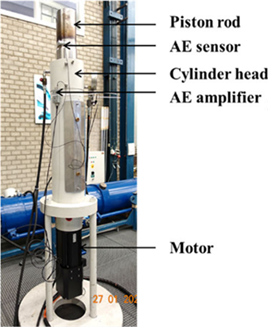
What is the problem?
Reduced costs and increased productivity without compromising health, safety and environmental requirements is critical for sustainable and competitive offshore operations. Maintenance and repair strategies have an impact on machine availability and reliability, which in turn have an impact on costs and productivity.
In the traditional periodic maintenance strategy, the risk is that machines are maintained too early or too often, resulting in elevated costs, or too late resulting in unplanned downtime. This has motivated the offshore industry to new maintenance strategies such as condition-based maintenance, predictive maintenance, preventive maintenance, risk-based maintenance, and resilience-based maintenance or to put it simply – smarter maintenance.
However, 24/7 operation in the remote and harsh conditions of the offshore environment is a demanding business. Any planned downtime must be carefully considered and unplanned downtime hampering operations leads to potentially high production losses. A resilient maintenance strategy may also factor in contract and market conditions such as penalties, price fluctuations, cost and availability of spare parts, skilled personnel, and infrastructure such as vessels and cranes.
Why is it hard?
Machine health and the need for maintenance is impacted by multiple factors, including machine usage and operating conditions such as loads and weather conditions. Another challenge is that wear issues can be hard to identify by visual inspection and would in most cases require downtime due to the need for disassembly to access components and parts. But what if we could identify problems at a very initial stage, in time to operate the machine securely and reliably until the next feasible maintenance opportunity?
This is the type of question addressed by the SFI Offshore Mechatronics work-package on condition monitoring techniques (WP5). Based on feedback from the industry partners, condition monitoring of hydraulic cylinders was identified as a relevant research topic. Hydraulic cylinders are used in a broad range of machines in the offshore industry, such as clamping units, skidding systems, tensioners, cranes, and heave compensation. Robust and affordable solutions for condition monitoring of hydraulic cylinders would therefore be of high value.
How is it done today and what are the limits of current practices?
Monitoring of rotating machinery such as electrical motors, pumps and gearboxes is commonly solved by bolting vibration sensors on the machine. The vibration data is recorded, and once analyzed it can indicate if maintenance is needed. A drawback of vibration sensors is that they are not performing well with non-rotating machinery such as hydraulic and electro-mechanical cylinders and reciprocal machines using pistons to induce motion. But what type of sensor would be a good fit for monitoring cylinders?
For a moment, let us go back to the very early start of the SFI Offshore Mechatronics. In 2015, Senior Researcher Rune Schlanbusch started his research on monitoring of large diameter steel ropes and welds using Acoustic Emission (AE). At the same time, but on the opposite side of the world, Vignesh Shanbhag started his PhD at Deakin University, Australia. Vignesh used AE techniques in his research on measuring tool wear in metal forming processes. An advantage of AE-based condition monitoring is that AE signals are sensitive to damage on microscopic level. Another advantage is that the effect of environmental noise or machine vibrations are severely limited for AE-signals due to the high frequency.
Outline of the research
Subtask WP5.6 was established with the aim of using AE to identify oil leakage from hydraulic cylinders at very initial stages. Vignesh Shanbhag was recruited into WP5.6 as a PostDoc researcher at NORCE Research under supervision of Rune Schlanbusch, and he started his work in late 2019. Specific wear conditions such as piston rod wear, spindle wear and seal-wear were considered. The scientific results of the performed research on hydraulic cylinders and spindles are published in several journal papers, a majority on the highest scientific level (Level 2).
Who cares and what’s next?
In his research Vignesh Shanbhag presents robust AE-based condition monitoring techniques, that can be used in industries to monitor multiple faults in hydraulic cylinders at the same time.
The results have been presented to the industry partners, but development of sensor systems is not in their core business. They are foremost users of such systems and rely on vendors to supply commercial products and services. Non-technical barriers such as business models and lack of incentives are also part of the consideration.
The technology demonstrated in the research is well positioned within emerging trends such as digital vessel classification services, asset integrity management, asset performance management and digital twins. However, the sensor system used in this research is bulky and expensive lab equipment (Technology Readiness Level – TRL 3-4). To be considered for larger investments and industrial implementation TRL 7-9 is expected.
For these reasons, NORCE has decided to proceed with a separate spin-off project to reach a higher technology readiness level. In 2021 a pre-project with funding from the Research Council Norway FORNY program was granted. In early 2023 a FORNY main project with 5MNOK funding was granted. The project will prepare for commercialization of the AE technology. A spin-off company to industrialize and bring the technology to the market will be considered as part of this process.
More details on the research results can be found in the publication “Defining acoustic emission-based condition monitoring indicators for monitoring piston rod seal and bearing wear in hydraulic cylinders” [1].
[1] Shanbhag, V. V., T. J. J. Meyer, L. W. Caspers and R. Schlanbusch (2021). Defining acoustic emission-based condition monitoring indicators for monitoring piston rod seal and bearing wear in hydraulic cylinders. The International Journal of Advanced Manufacturing Technology.

